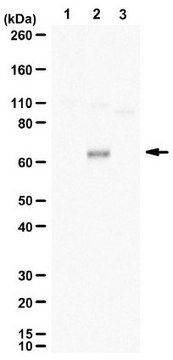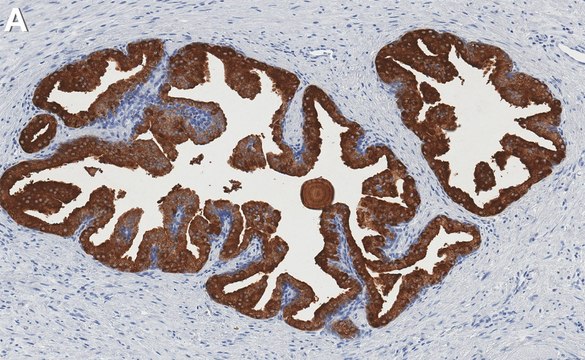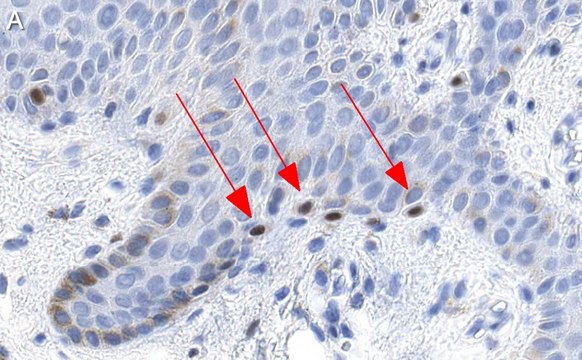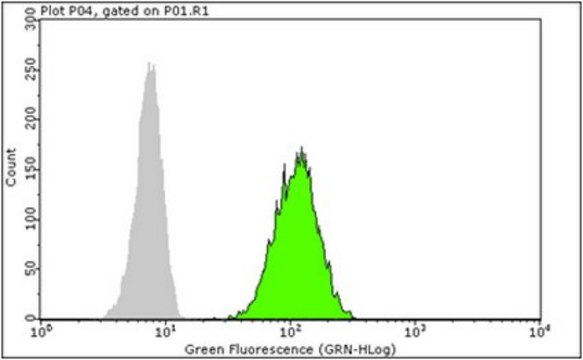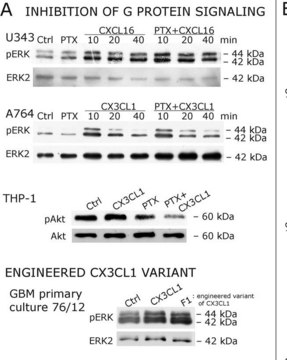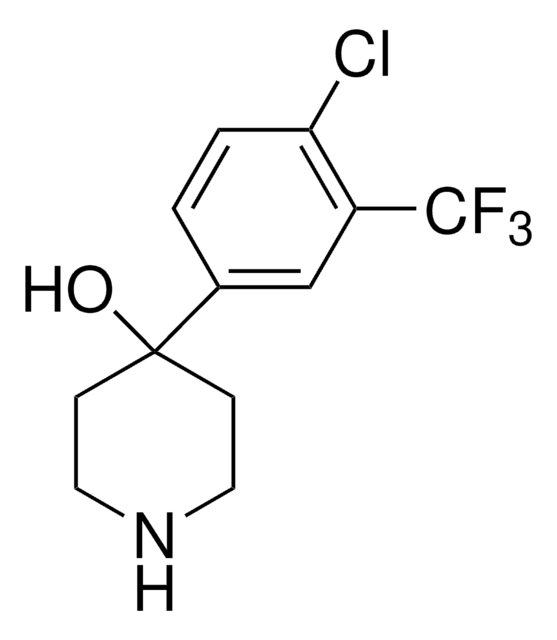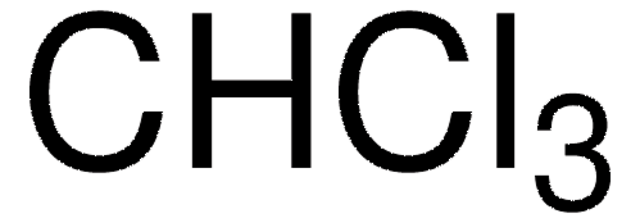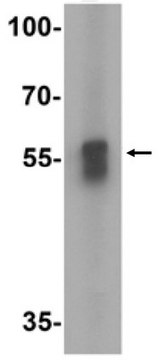ABE1971
Anti-phospho TFEB (Ser142) Antibody
from rabbit, purified by affinity chromatography
Synonym(s):
Transcription factor EB, Ser142 phosphorylated, bHLHe35, Ser142 phosphorylated, Class E basic helix-loop-helix protein 35, Ser142 phosphorylated
About This Item
Recommended Products
biological source
rabbit
Quality Level
antibody product type
primary antibodies
clone
polyclonal
purified by
affinity chromatography
species reactivity
human
species reactivity (predicted by homology)
rabbit (based on 100% sequence homology), bovine (based on 100% sequence homology), rat (based on 100% sequence homology), mouse (based on 100% sequence homology), nonhuman primates (based on 100% sequence homology)
technique(s)
western blot: suitable
NCBI accession no.
UniProt accession no.
shipped in
dry ice
Gene Information
human ... TFEB(7942)
General description
Specificity
Immunogen
Application
Western Blotting Analysis: A representative lot detected Ser142 phosphorylation induction of exogenously expressed wild-type, but not S142A mutant, TFEB (with 3xFLAG tag) upon amino acids addition to nutrient starved HEK293T transfectants (Settembre, C., et al. (2012). EMBO J. 31(5):1095-1108).
Western Blotting Analysis: A representative lot detected nutrient-induced Ser142 phosphorylation of exogenously expressed TFEB (with 3xFLAG tag) in starved HeLa transfectants. Pretreatment of mTOR inhibitor Torin1 (Cat. No. 475991) completely prevented nutrient-induced TFEB Ser142 phosphorylation, a weaker mTOR inhibitor Rapamycin (Cat. No. 553210) partially supperessed the Ser142 phosphorylation induciton (Settembre, C., et al. (2012). EMBO J. 31(5):1095-1108).
Quality
Western Blotting Analysis: A 1:12500 dilution of this antibody detected Ser142 phosphorylation of FLAG-tagged human TFEB in 10 µg lysate from transfecgted HEK293 cells.
Target description
Other Notes
Not finding the right product?
Try our Product Selector Tool.
Storage Class Code
10 - Combustible liquids
WGK
WGK 2
Regulatory Information
Certificates of Analysis (COA)
Search for Certificates of Analysis (COA) by entering the products Lot/Batch Number. Lot and Batch Numbers can be found on a product’s label following the words ‘Lot’ or ‘Batch’.
Already Own This Product?
Find documentation for the products that you have recently purchased in the Document Library.
Our team of scientists has experience in all areas of research including Life Science, Material Science, Chemical Synthesis, Chromatography, Analytical and many others.
Contact Technical Service